That “Harmless” Twitch in Your Eye Could Be a Red Flag for This Neurological Condition
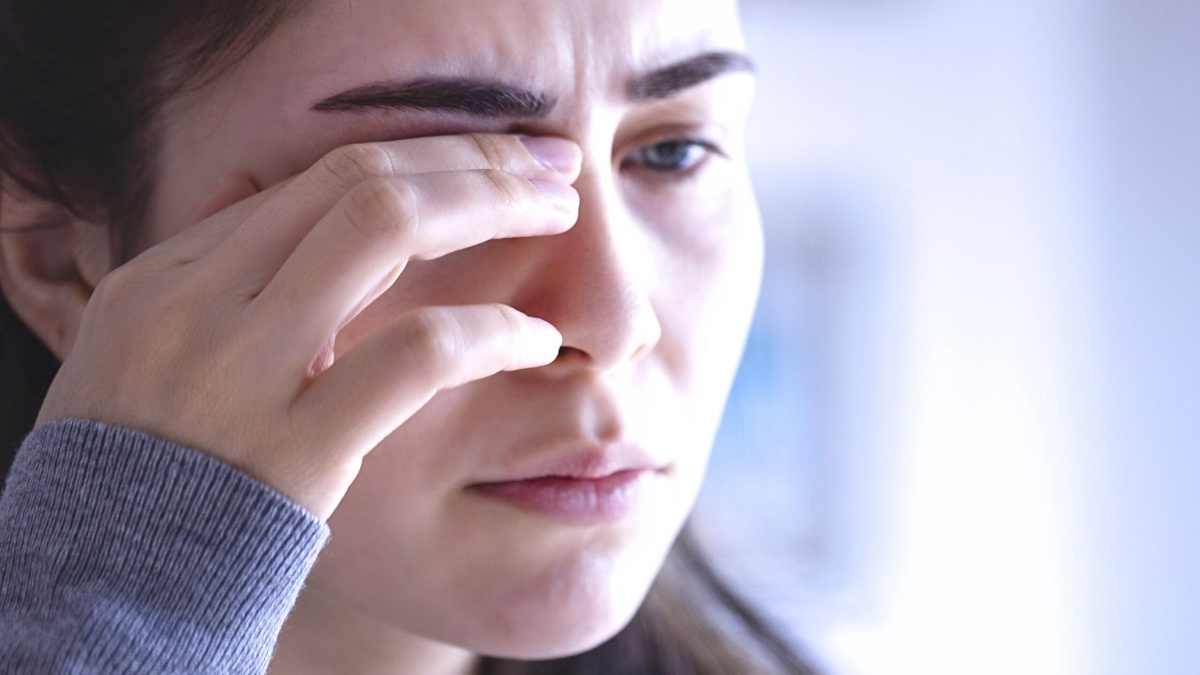
That tiny, annoying flutter in your eyelid is probably harmless — but sometimes an eye twitch is the first clue of a real neurological problem. Most twitches come from simple things like stress, caffeine, or fatigue, according to Mayo Clinic and Cleveland Clinic.
But when the twitch lasts or spreads, it can signal something deeper, such as hemifacial spasm or blepharospasm.
If you’ve felt that constant pulsing and wondered whether to wait it out or see a doctor, this guide is for you. You’ll learn what causes most eyelid twitch episodes, the red flags that mean you should get checked, what tests doctors use (like MRI and EMG), and the proven treatments that calm stubborn spasms.

By the end, you’ll know when a simple rest break is enough—and when that “harmless” eye twitch deserves a closer look.
👁️ Eye Twitch Quick Guide
Click each block to learn more
- Sleep deprivation (under 7-8 hours)
- Too much caffeine or alcohol
- Stress and anxiety
- Prolonged screen time
- Dry eyes
Most twitches are benign and resolve on their own!
- Lasts more than 2 weeks
- Spreads to cheek, mouth, or neck
- Causes weakness or drooping
- Eye closes completely during twitch
- Starts before age 40
- Double vision develops
Ocular Myokymia: Harmless, one eyelid, short-lived
Blepharospasm: Both eyes, forced closure
Hemifacial Spasm: One side, spreads to face
Facial Myokymia: Ripples, may signal MS
- Clinical exam of facial nerves
- MRI with CISS/FIESTA sequences
- EMG (Electromyography) testing
- Blood tests (if other illness suspected)
Tests reveal nerve compression, MS plaques, or tumors
Relaxes overactive muscles around the eye
Relief lasts ~12 weeks
Safe for long-term use
- Get 7-8 hours of sleep
- Reduce caffeine intake
- Use artificial tears
- Take 20-min screen breaks
- Apply warm compresses
- Manage stress levels
Days 1-7: Try Home Care
Rest more, cut caffeine, reduce screen time. Most twitches resolve naturally within a week.
Week 2: Monitor Closely
If still twitching after 2 weeks or symptoms worsen, schedule a doctor’s appointment.
Week 3+: Medical Evaluation
See a neurologist or eye specialist. They may order MRI, EMG, or recommend Botox treatment.
Immediate Action Needed
Spreading to face, weakness, drooping, vision changes, or complete eye closure requires urgent medical attention.
What an “eye twitch” usually is (ocular myokymia)

An eye twitch—what doctors call ocular myokymia—is a small, quick muscle movement in your eyelid. It looks like your eye is fluttering or trembling for a few seconds. Most of the time, it’s harmless and stops on its own.
Common eyelid twitch causes include being tired, drinking too much caffeine, stress, alcohol, or staring at screens too long. Dry eyes can also make it worse. According to the Mayo Clinic, these twitches are usually short, lasting a few seconds or minutes, and may come and go over several days. They rarely mean something serious.
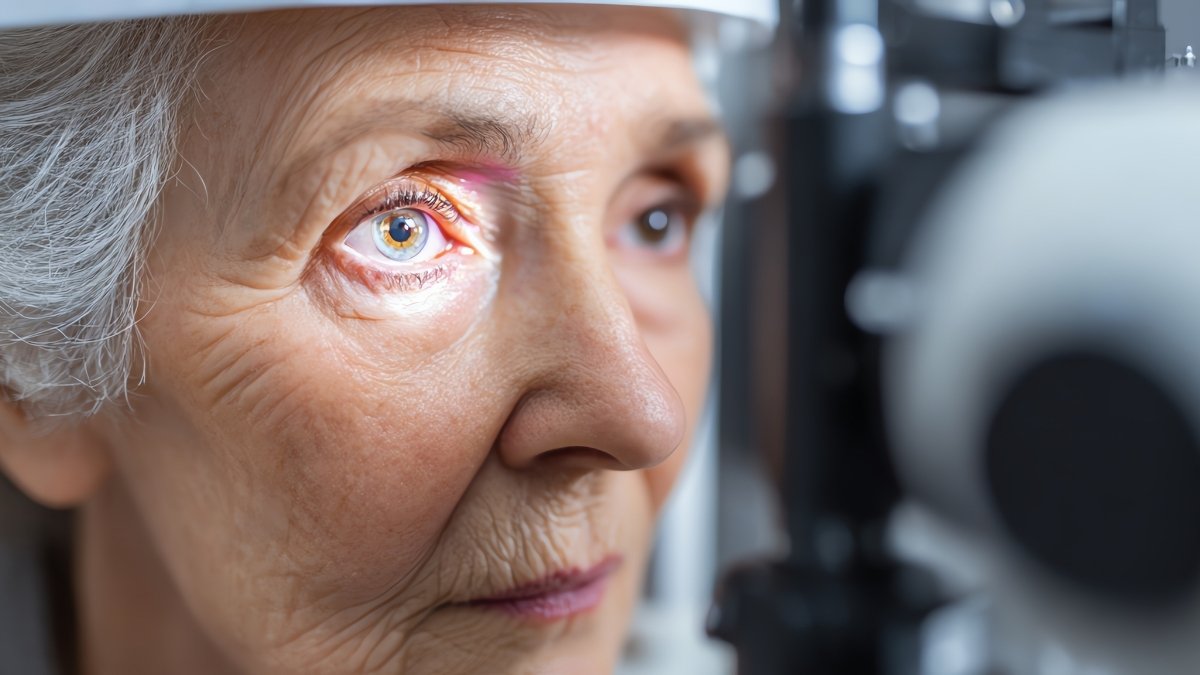
You can tell it’s benign when it stays in one eyelid, doesn’t spread to your face, and you have no weakness or drooping. It may show up more when you’re stressed or sleep-deprived—and disappear after you rest.
Simple fixes often help:
- Get more sleep. Aim for 7–8 hours.
- Cut back on caffeine and alcohol.
- Use artificial tears if your eyes feel dry.
- Take short screen breaks every 20 minutes.
If the twitch lasts more than two weeks or spreads beyond your eyelid, it’s time to see a doctor. Otherwise, rest and hydration are usually all you need to calm that annoying flutter.
Red flags: when an eye twitch could signal a neurological condition

Most eye twitches are harmless and fade on their own. But sometimes, that small flutter can be an early sign of a nerve problem. Here’s when to stop guessing and call your doctor.
Watch for these red flags:
- The twitch lasts more than two weeks or keeps getting worse.
- It spreads to your cheek, mouth, or neck.
- You notice weakness, numbness, drooping, or your eye closes completely during the twitch.
- It starts before age 40 or comes on suddenly and keeps progressing.
- You develop double vision or other changes in how your eyes move or focus.

These symptoms can point to issues like hemifacial spasm, benign essential blepharospasm, or facial myokymia. Hemifacial spasm often begins around one eye and slowly affects one side of the face. It’s more common in women, and while it usually comes from a blood vessel pressing on a nerve, starting young can sometimes mean something deeper, like multiple sclerosis.
If your twitch spreads, lasts longer than a couple of weeks, or changes how your face moves, don’t wait. A doctor can check your facial nerve and may order an MRI to find the cause.
Your rule of thumb: If it keeps coming back or moves beyond your eyelid, get it checked.
Conditions that clinically look like an eye twitch (and how to tell them apart
Not every eyelid flutter is the same. Some conditions look like a simple eye twitch but mean something different. Here’s how to tell them apart.
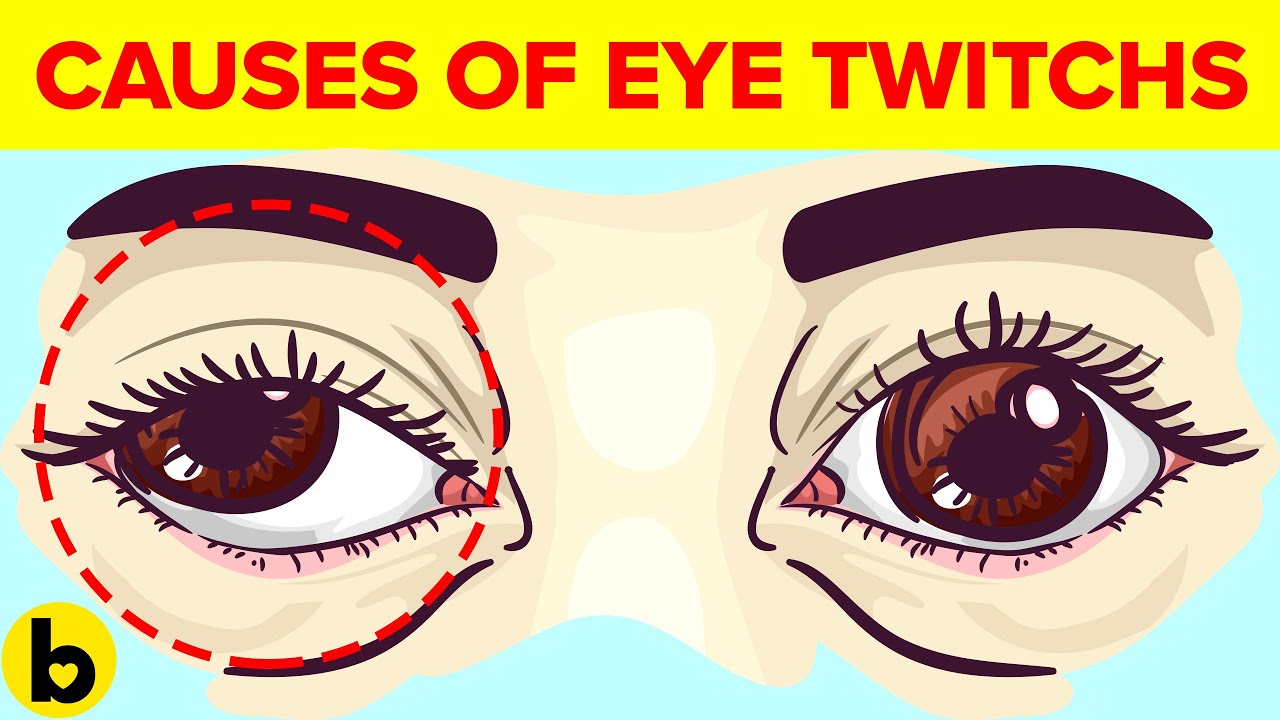
Ocular myokymia is the most common. It’s a fine, gentle twitch in one eyelid. It’s short-lived and linked to triggers like stress, caffeine, or screen fatigue. It doesn’t spread to other parts of the face.
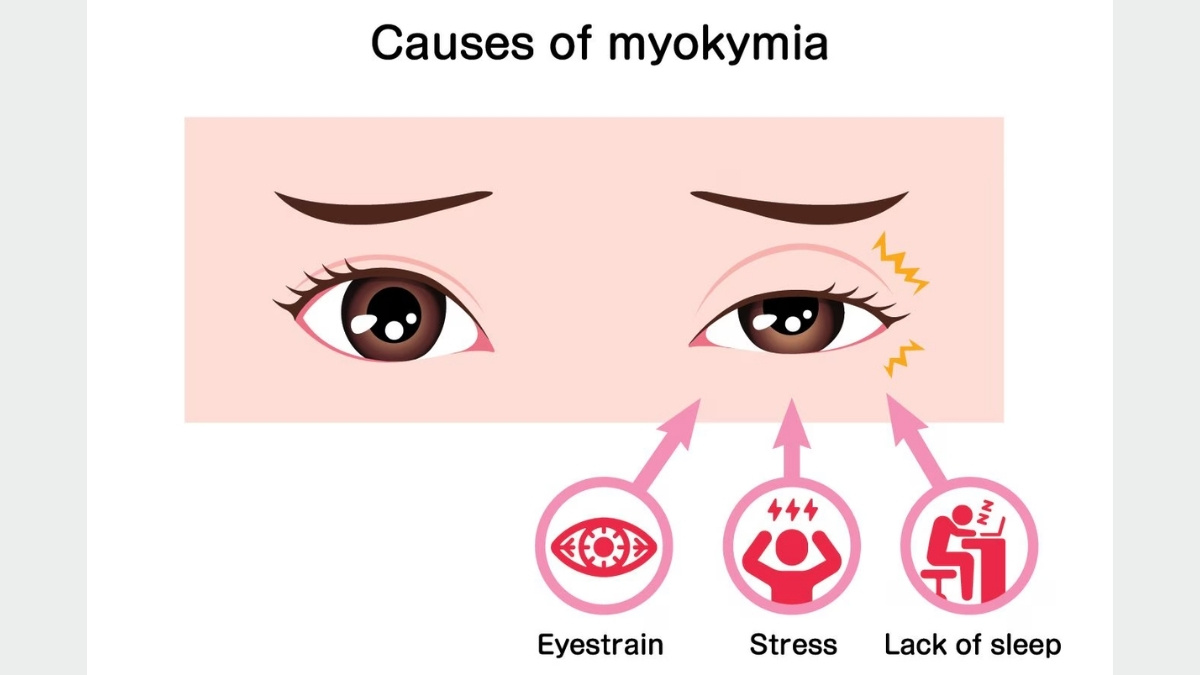
Benign essential blepharospasm (BEB) affects both eyes. It starts with frequent blinking and can lead to forced eyelid closure. Doctors call it a type of focal dystonia, where muscles tighten on their own. It’s more common in women over 50, and botulinum toxin shots often help.
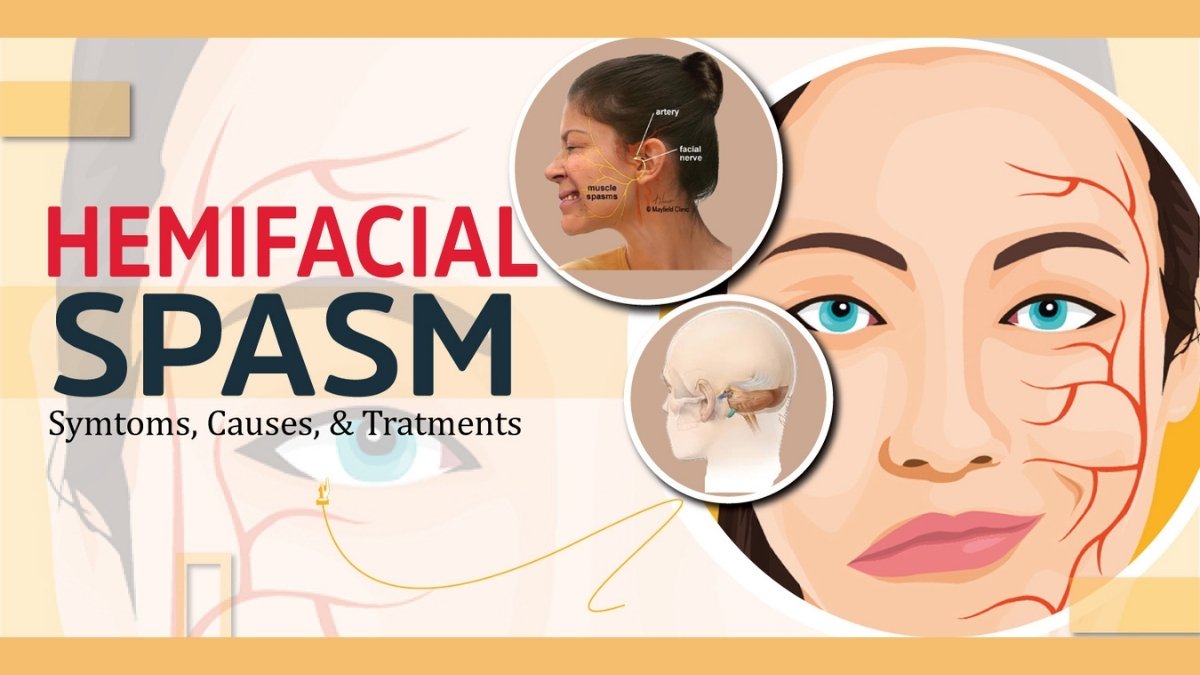
Hemifacial spasm (HFS) happens on one side of the face. It often begins near the eye, then spreads to the cheek and mouth. The usual cause is a blood vessel pressing on the facial nerve. In one case, a 55-year-old woman’s eyelid twitch spread over six months—an MRI showed nerve compression, and surgery fixed it.

Facial myokymia looks like tiny ripples across the face. Unlike an eyelid twitch, it can signal a problem in the brainstem or multiple sclerosis. That’s why doctors order scans when it appears.
A quick rule: if the twitch stays small and short, it’s likely ocular myokymia. If it spreads, affects both eyes, or changes your face movement, see a doctor. Catching the difference early helps prevent long-term problems.
How doctors evaluate an eye twitch: tests and what they reveal — target
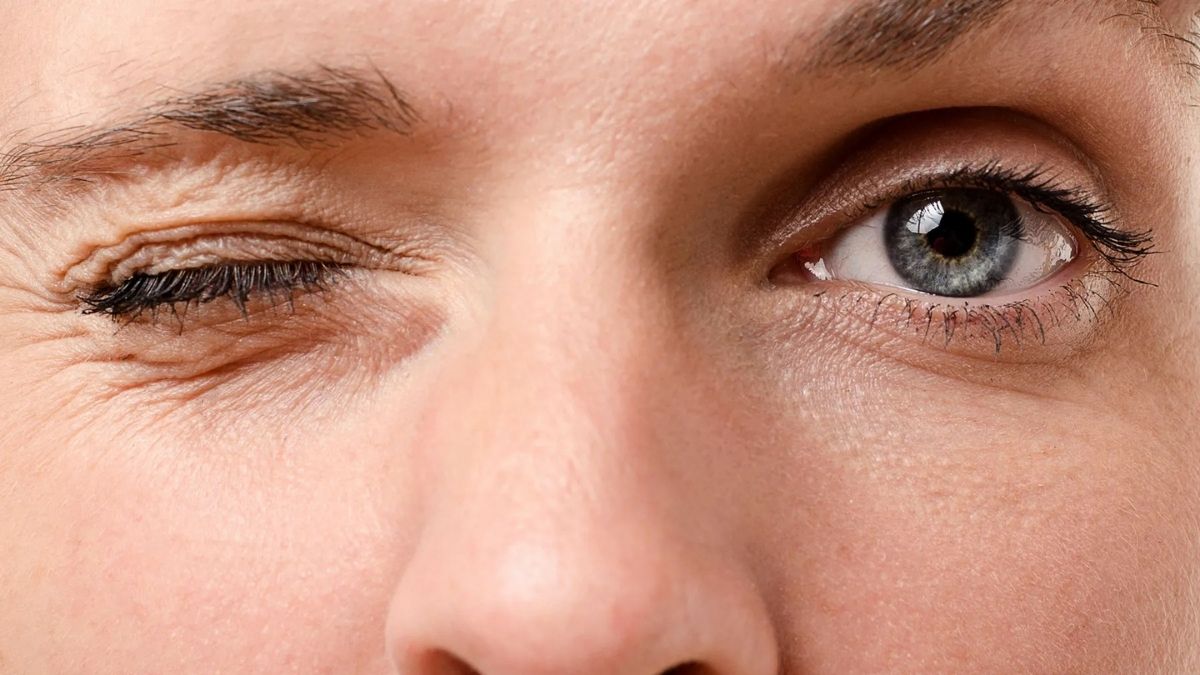
When a twitch doesn’t go away, doctors look for what’s really behind it. They start with a clinical exam. A neurologist or eye doctor watches how your eyelid moves, checks both sides of your face, and tests the cranial nerves that control blinking and facial muscles. They’ll ask when the twitch started, how long it lasts, and if it spreads.
If the twitch seems more than stress or fatigue, your doctor may order an MRI of the brain. Special sequences like CISS or FIESTA give clear images of the facial nerve. These scans can show if a blood vessel is pressing on the nerve, or if there are plaques from multiple sclerosis or a small tumor. This step is common when doctors suspect a hemifacial spasm or other nerve problem.

Sometimes, an electromyography (EMG) test helps. It records how the muscles and nerves fire together, confirming if the twitch is a true spasm or a benign flicker. Blood tests are rarely needed unless there are signs of another illness.
In most cases, if your eye twitch stays mild and doesn’t spread, no major tests are needed. But if it lasts or changes, getting the right scan can help find the cause early and guide treatment.
Treatments and practical next steps (home fixes, clinical treatments, what to expect)

If your eye twitch is mild, start with simple fixes. Get enough sleep, cut back on caffeine, and lower your stress. Warm compresses can relax tired muscles, and artificial tears help if your eyes feel dry or irritated. Taking regular screen breaks also gives your eyes time to reset.
If your twitch sticks around or spreads, doctors may offer medical treatments. The most common is botulinum toxin (Botox) injections. They work by relaxing the overactive muscles around the eye.
Research shows Botox helps 73–98% of patients with blepharospasm or hemifacial spasm, with relief lasting about 12 weeks. It’s safe long-term and repeated every 3–4 months for best results.
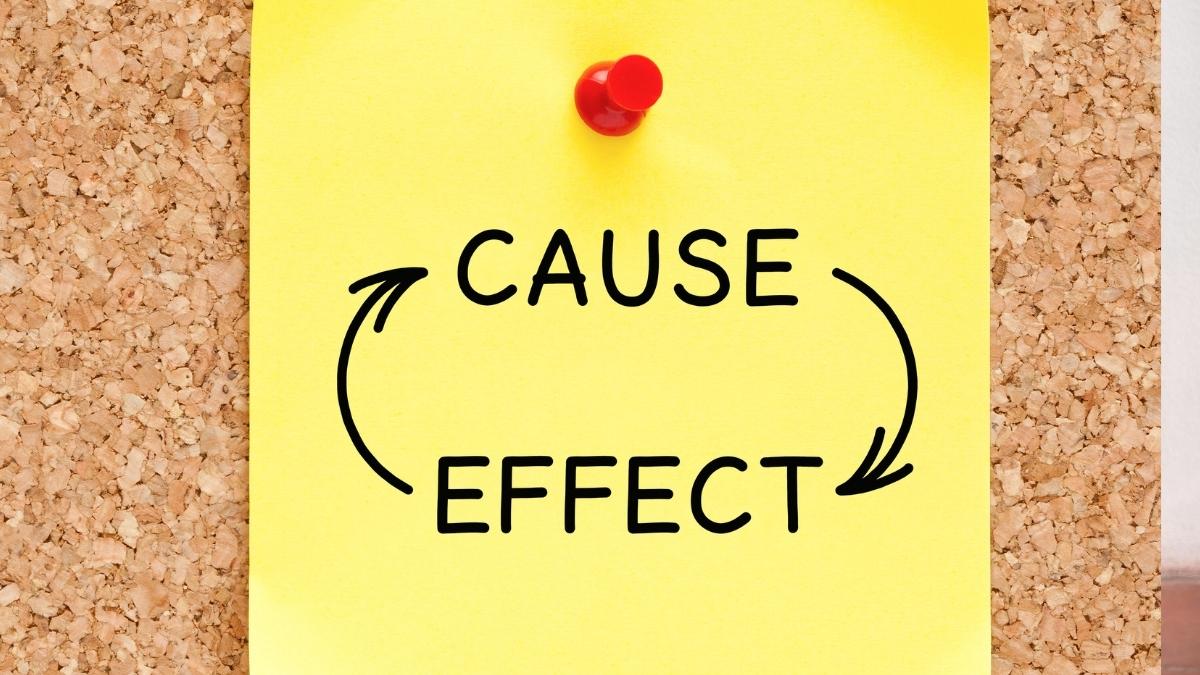
For some people with hemifacial spasm, the cause is a blood vessel pressing on the facial nerve. In that case, surgery called microvascular decompression (MVD) can help. The surgeon places a small cushion between the vessel and nerve to stop irritation. It can provide lasting relief but, like all surgery, carries risks such as infection or hearing changes.
Follow up if the twitch worsens in one to two weeks, spreads beyond the eye, or causes weakness or vision changes. These signs mean it’s time for a neurologist or movement-disorder specialist.
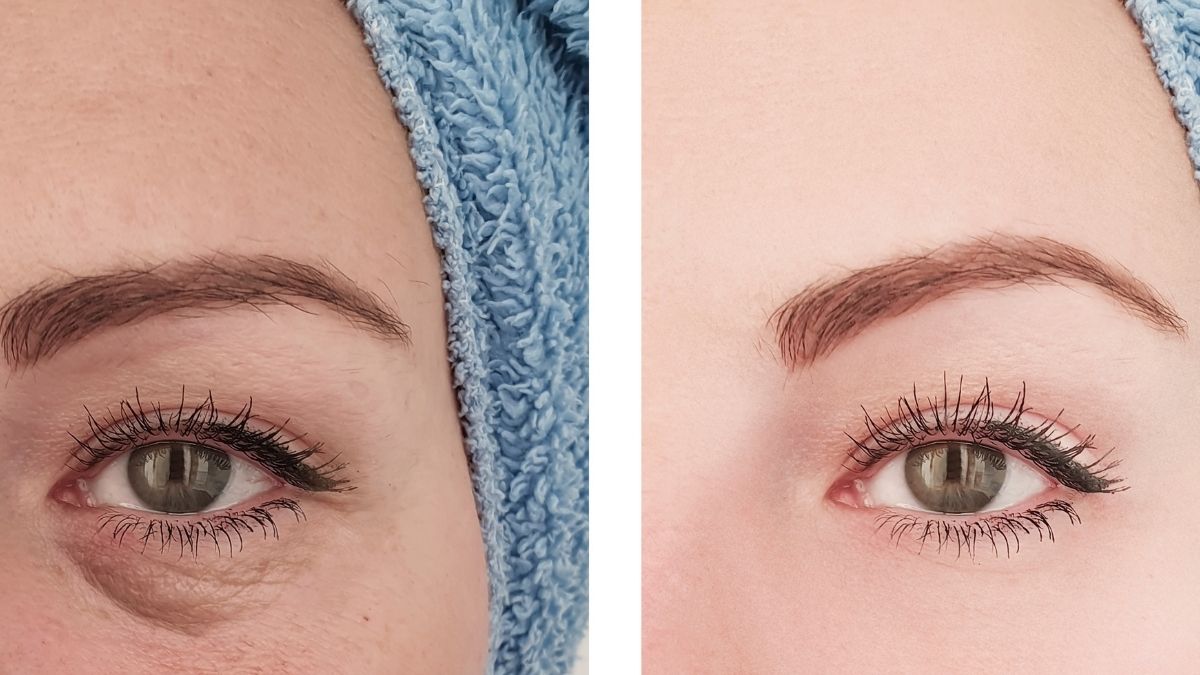
Living with constant twitching can wear you down. It can affect work, confidence, and mood. If that happens, ask about support groups or clinics that focus on facial movement disorders. The right plan—self-care, Botox, or surgery—can get your eyes calm again and help you feel more like yourself.
At the Last,
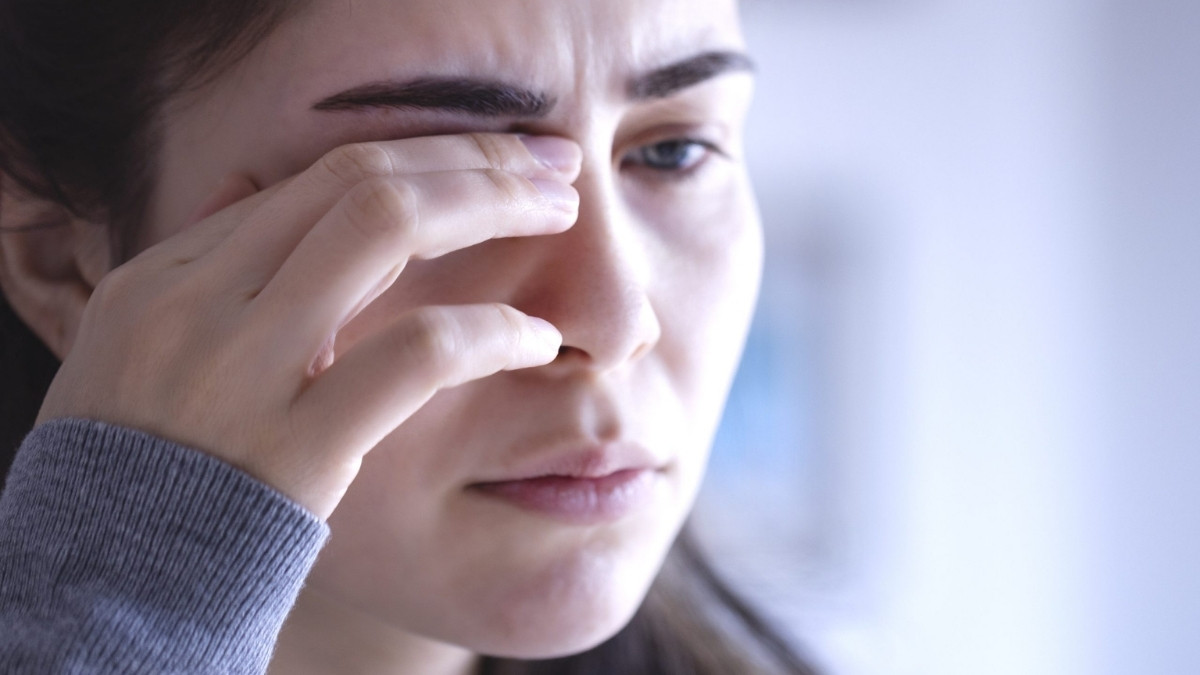
Most eye twitches are harmless and linked to sleep loss, caffeine, or stress. But if the twitch lasts more than two weeks, spreads to your cheek or mouth, causes weakness, drooping, or vision changes, it’s time to get checked. These red flags can point to nerve pressure or movement disorders like hemifacial spasm.
If your eyelid twitch persists or you have any red-flag symptoms, book an appointment with your primary care doctor or a neurology or eye clinic—and bring this checklist.






